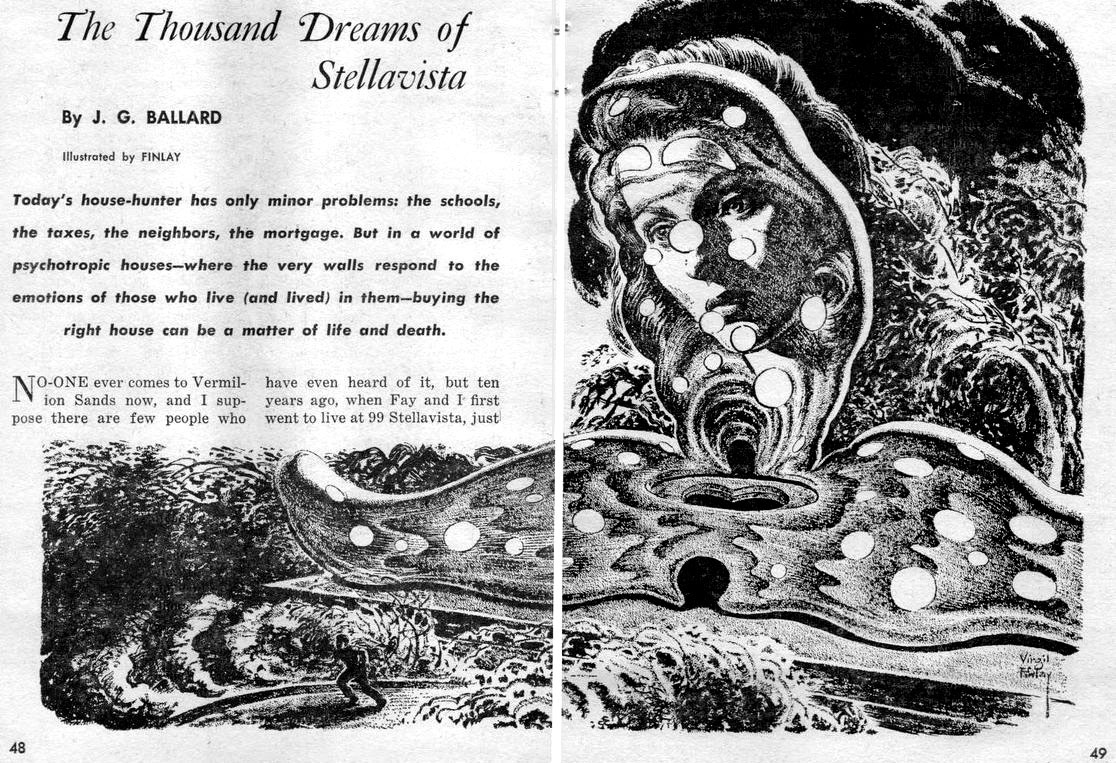What is the future home? We will live in smarter and more sustainable homes. Will we live further from the city, will we live closer to our friends and families, and will our home be too smart?
With “smart home” gaining popularity in the last decade, the sufficiency of home automation as the defining aspect of the term “smart home” should be questioned. The contemporary definition of the term “smart home” revolves around the idea of optimization, commonly seen in phrases such as smart home appliances, smart home systems and smart home gadgets. On a system level, products address home security, thermostat, energy usage, and etcetera, all aspects of human basic needs of safety and comfort. On a furniture level, Kinetic furniture, or transformable furniture, currently exists for space optimization, a response to increasing rent and smaller apartments.

This efficiency and comfort based understanding of smart homes is just scratching the surface. Even as early as 1960’s, science fiction dreamt up of psychotropic houses that learned the personality of previous owners. Or houses made from living entities genetically designed as gentle creatures, susceptible to sentient irritation ( Frank Herbert’s Whipping Star). In these visions of what a home could be, inhabitants and homes interact with more than just thermostat interfaces, or security alarms. The house responds to not only the preferences of its inhabitants.
It's always interesting to watch a psychotropic house try to adjust itself to strangers, particularly those at all guarded or suspicious. The responses vary, a blend of past reactions to negative emotions, the hostility of the previous tenants, a traumatic encounter with a bailiff or burglar (though both these usually stay well away from PT houses; the dangers of an inverting balcony or the sudden deflatus of a corridor are too great). The initial reaction can be a surer indication of a house's true condition than any amount of sales talk about horsepower and moduli of elasticity.
The Thousand Dreams of Stellavista in Vermillion Sands by JG Ballard 1962
Responsiveness
At the very basic level of responsiveness, an action creates a reaction. An “intelligent” object can directly respond to the user's command, or it can have a mind of its own. Current robotic furniture systems can optimize space through mounting its furniture on the ceiling, allowing for slightly more flexible spaces, and they can create a multifunctional space optimization furniture housed on the floor. Many smart systems remain one directional, in that they respond to the user’s commands. However, to have a fully responsive home environment, the interaction between the user and the built environment must be two-directional. Could you home also rebel? Have feelings? Treat you well only if you treat them well?
This type of reciprocity plays out in our concept of a ‘sentient home’, which explores the relationship between user’s behavior, contextual occurrences and the responsiveness of the built environment. Real time feedback of user interaction analysis starts to address the more behavioral aspect of responsibility - a step beyond preferences. Responsiveness becomes the mediator between the user and their physical environment. The future smart home will allow spaces that can both satisfy the inhabitant’s basic needs and help foster the inhabitant's identity.
Our environment should respond not only to one user, but to multiple users as it engages and mediates the complexity of human interactions and social experiences with and within built environments. The future homes should address users’ emotional needs by actively augmenting spatial experiences to encourage mindfulness, curiosity and imagination. Combining the spatial possibilities of kinetic elements, and the responsiveness and reciprocity of a sentient home can also trigger interactions. These future residential scenarios include sensing, kinetic, and modular technologies that respond to real-time user needs and environmental conditions. The spatial flexibility allowed by modular kinetic elements accommodates a spectrum of private to social life, working to leisure life.
All of the above depends on our future lifestyle and needs, as well as the way we interact with technology.
Check out:
- Future Work
- Future Living
- Future Mobility


No comments.